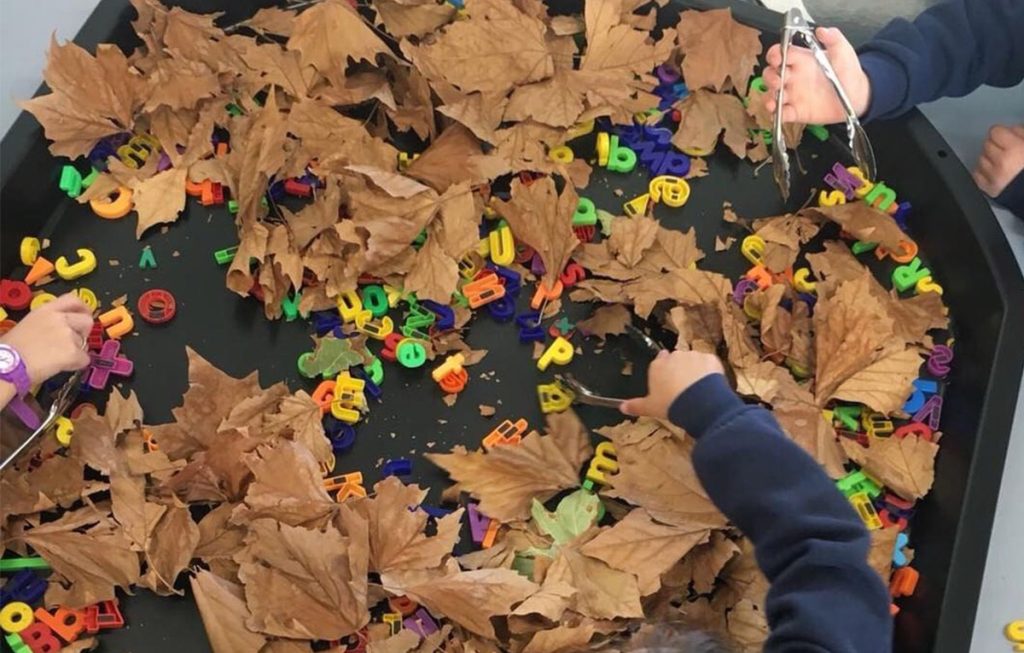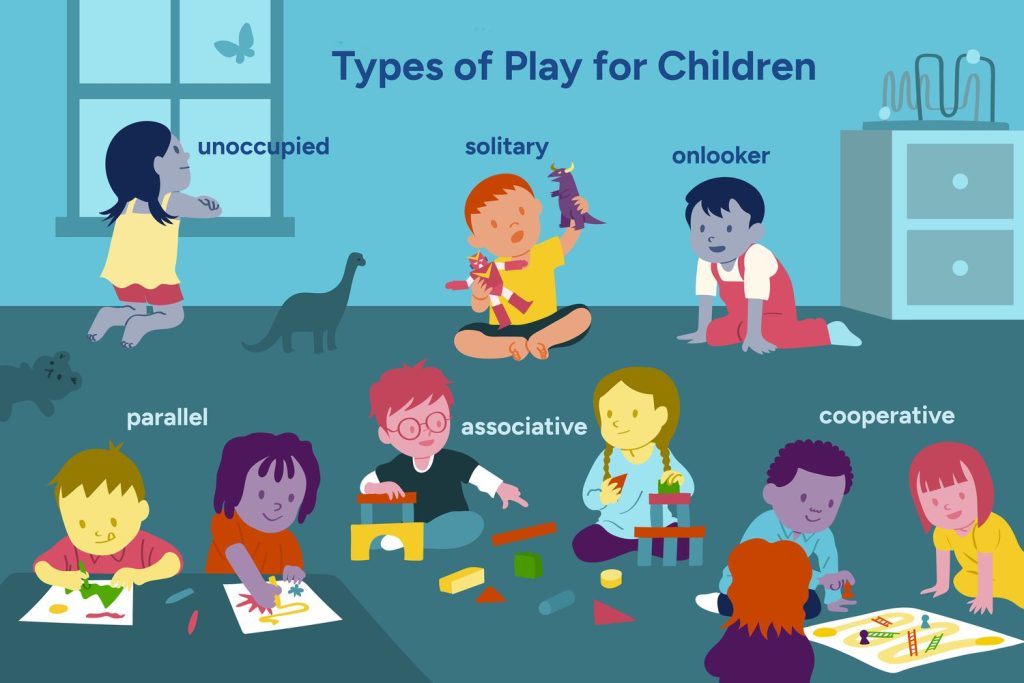Sensory play is an essential part of early childhood development, engaging a young child’s senses along with their fine and gross motor skills. Sensory tray activities are particularly effective for this type of play due to their flexibility and the easy containment of materials. By using trays, educators and parents can provide varied sensory experiences within a manageable space.
Tray activities allow children to explore textures, colors, sounds, smells, and sometimes tastes in a contained environment. Here are some sensory play ideas using tray activities suitable for young children:
1. Nature Exploration Tray: Fill a tray with natural items such as leaves, sticks, stones, feathers, and pinecones. Encourage children to touch, smell, and examine the diverse textures and colors.
2. Water Beads Fun: Water beads are an excellent sensory material that can be used in a tray. They expand in water, creating a slippery, squishy texture for children to scoop, pour and squeeze.
3. Color Sorting: Use a multi-sectioned tray and provide colored items such as pompoms, buttons or beads for children to sort by color. This activity not only stimulates visual senses but also assists in learning colors and developing organizational skills.
4. Scented Rice Play: Add different spices like cinnamon or vanilla to rice and mix them in separate sections of the tray for scented play options. Kids can use scoops or funnels to pour the rice from one section to another while enjoying different scents.
5. Playdough Creations: Set out a tray with playdough along with various tools such as cutters, rolling pins, and molds for imaginative creation. Playdough provides tactile feedback that is excellent for fine motor development.
6. Magnetic Discovery: Include magnetic letters or shapes alongside non-magnetic items in a tray with a magnetic wand. This intriguing activity helps children learn about magnetic properties while encouraging sorting and naming of objects.
7. Sensory Writing Tray: Fill a shallow tray with sand or salt and let children use their fingers or sticks to draw shapes, letters, or numbers—practicing pre-writing skills while enjoying tactile feedback.
8. Ocean World: Create an ocean-themed sensory tray with water tinted blue using food coloring, add sea creatures toys, shells and pebbles allowing kids to engage in imaginative water play.
9. Fidget Finds: Have a variety of fidget toys such as stress balls, stretchy strings or textured tangle toys mixed in with soft filler material like rice or beans for sensory-seeking fingers to explore.
10. Icy Exploration: Freeze small toys in ice cubes or larger chunks of ice and let them melt slightly before placing them inside a tray; kids can chip away at the ice or watch it melt revealing hidden treasures inside.
These sensory play ideas can be adapted according to the seasons, themes being covered in class or individual interests of the children engaged in the activities—making learning an immersive experience that stimulates all senses while honing critical developmental skills.










